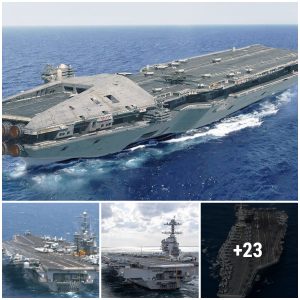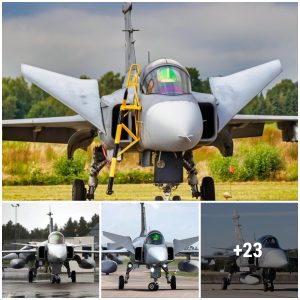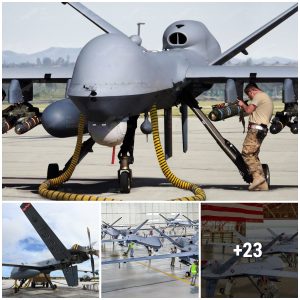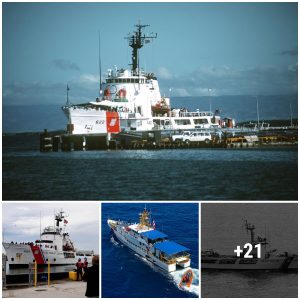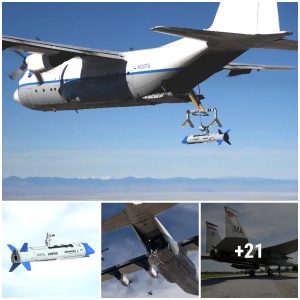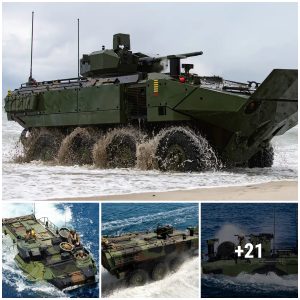The U.S. Naval Sea Systems Command news release states that the next generation landing craft, Ship to Shore Connector (SSC), Landing Craft, Air Cushion (LCAC) 103 completed Builder’s Trials last week. Builder’s Trials is the Navy’s first opportunity to assess the operational readiness of the craft. LCACs are built with similar configurations, dimensions, and clearances to legacy LCAC, ensuring the compatibility of this next-generation air cushion vehicle with existing well deck equipped amphibious ships, as well as the Expeditionary Transfer Dock. Textron began fabrication of the first nine SSCs in mid-November 2014. These were to be delivered in 2017 and achieve initial operating capability (IOC) in 2020. The first SSC was delivered on 6 February 2020.
The Ship-to-Shore Connector (SSC), also known as the LCAC 100 class, is a system proposed by the United States Navy as a replacement for the Landing Craft Air Cushion (LCAC). The contract would be worth up to US$4 billion. A contract for detailed design work and construction of the first test and training craft, was expected to be awarded in 2011. It will offer an increased capacity to cope with the growing weight of equipment used by the United States Army and Marine Corps. On July 6, 2012, the US Navy awarded Textron, Inc of New Orleans, LA a $212.7M fixed-priced incentive-fee contract for the detail design and construction of a Ship-to-Shore Connector test and training craft. As of 2015, the program is forecast to cost a total of US$4.054B for 73 hovercraft. Textron can produce as many as 12 SSCs per year.
Advertisement
Although the design will be broadly similar to the LCAC, there will be several significant differences: Two-person fly-by-wire cockpit with joystick controls, extensive use of composites and aluminum alloys for corrosion resistance and advanced skirt instead of a deep skirt for less drag and reduced craft weight. The four Rolls-Royce MT7 gas turbines that will be used to power each Ship-to-Shore Connector are derivatives modelled after the design of the Rolls-Royce T406 used in the Bell Boeing V-22 Osprey. The cores of the two engines types are identical, which should provide some relief in spare parts storage to those ships that will operate both the (tiltrotor) aircraft and the hovercraft. Top speed will be 50 kn (58 mph; 93 km/h). A simpler and more efficient drivetrain using one gearbox is on each side for fewer parts, less maintenance and higher reliability.
